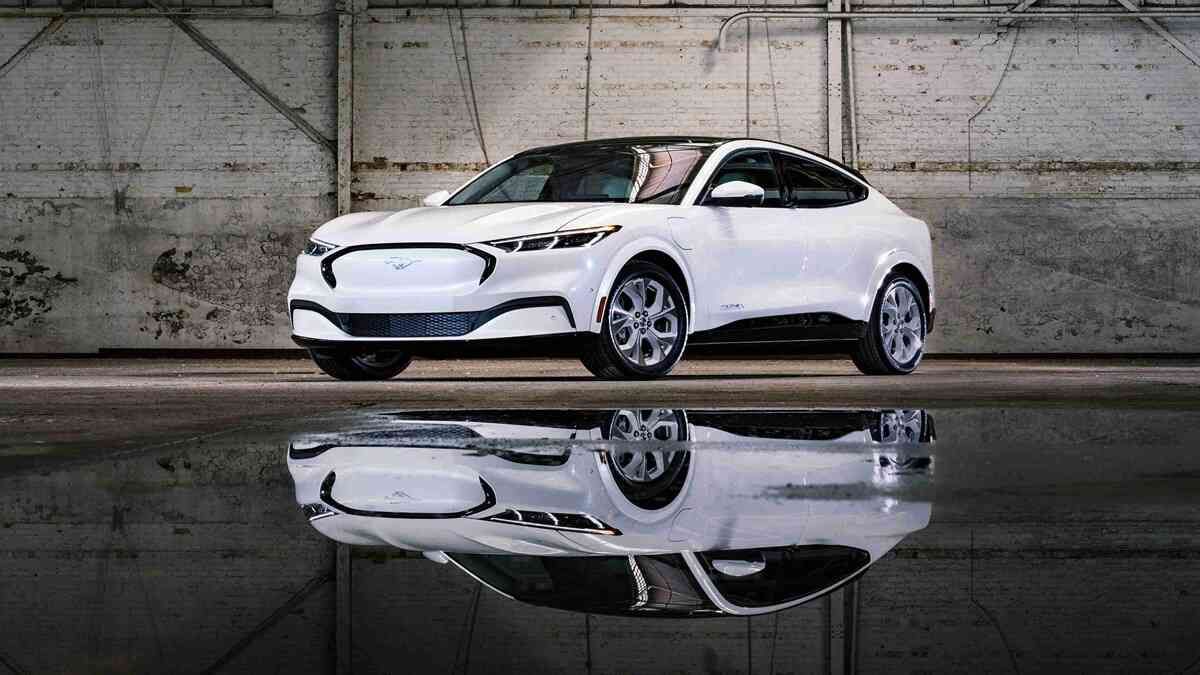At this point in the auto industry's history, anyone watching it knows what a “frunk” is. But you may not know what it means if you are among the general population of vehicle buyers.
Time for some learning
Okay, so it is time for a little learning. Please bear with us for a few moments while we explain. Most drivers have been educated and trained on internal combustion engined (ICE) cars and trucks. ICE vehicles have something under their hoods called the engine that makes vehicles perform.
Washington is worried about rising pedestrian fatalities
This is a bit simplistic, but we’ll get there. The paradigm for making vehicles has either been a two-box or three-box design. It’s natural for ICE vehicles because Box A is always the front end with the engine and mechanicals. The same is true for all ICE vehicles.
EV designers have adopted the same principle since they have been schooled in the ICE world. There is a huge difference, though. Instead of housing the engine and mechanicals, EVs use Box A for their frunk or “front trunk.” EVs don’t need the engine up front so they use it for different purposes.
Most EVs use it for a storage area that backs up the rear trunk, while others put it in a refrigerator for whatever is needed.
Frunk Is used in many ways
On Ford’s Mustang Mach-E, the front is used in various ways. The Society of Plastics Engineers has granted the team at Ford their sustainability award for its clever redesign of the frunk insert.
A Nova Scotia business owner uses his F-150 Lightning EV pickups to enhance productivity
A dedicated team simplified the frunk design and drastically increased post-consumer recycled content. Created from recycled packaging including and weighing the approximate equivalent of 115 post-consumer use yogurt cups, the frunk tub for the 2023 model year goes from six pieces to one, reduces the weight by over 6.6 pounds, and drastically cuts the part cost.
A Nova Scotia e-scooter business owner uses his F-150 Lightnings to help productivity
“We are so proud of this team for seeking opportunities like this to deliver win-win solutions for the environment, customers, and Ford,” said Donna Dickson, Mustang Mach-E chief program engineer. “Our customers love the Mustang Mach-E and this action is a great example of how we’re not resting on our laurels, but working to make each aspect of the vehicle better every single day, whether that’s new hardware like this change or over-the-air software updates.”
Interesting plastic reused
Increasing the sustainability of plastics in vehicle design can help to benefit the environment – some estimates show that recycling plastic can reduce the carbon footprint of some plastics by 70-90 percent. *
Ford may use Tesla-supplied system for mild hybrid vehicle
“Beyond reducing tailpipe emissions from our vehicles, we are committed to increasing recycled and sustainably sourced content in our vehicles,” said Cynthia Williams, global director sustainability, homologation and compliance at Ford. “Our aspiration is to use only recycled or renewable plastic content in our vehicles, and this innovation helps bring us closer to that goal.”
Goal is carbon neutrality
Ford aims to achieve carbon neutrality across its vehicles, manufacturing facilities, and global supply chain no later than 2050. Ford was among the first American automakers to include its global supply chain on the Manufacture 2030 platform, inviting 3,000 Tier 1 supplier sites to participate in the program to help them measure, mitigate, and reduce emissions. Between 2019 and 2022, Ford reduced its overall Scope 3 emissions, which include emissions from suppliers, products, and other non-facility sources, by an estimated 23 percent. *
To learn more about the Road to Better and Ford’s commitment to building a more sustainable, inclusive and equitable transportation future where every person is free to move and pursue their dreams visit sustainability.ford.com.
Marc Stern has been an automotive writer since 1971. His automotive articles have appeared in venues including Popular Mechanics, Mechanix Illustrated, AutoWeek, SuperStock, Trailer Life, Old Cars Weekly, Special Interest Autos, and others. You can follow Marc on Twitter or Facebook.





